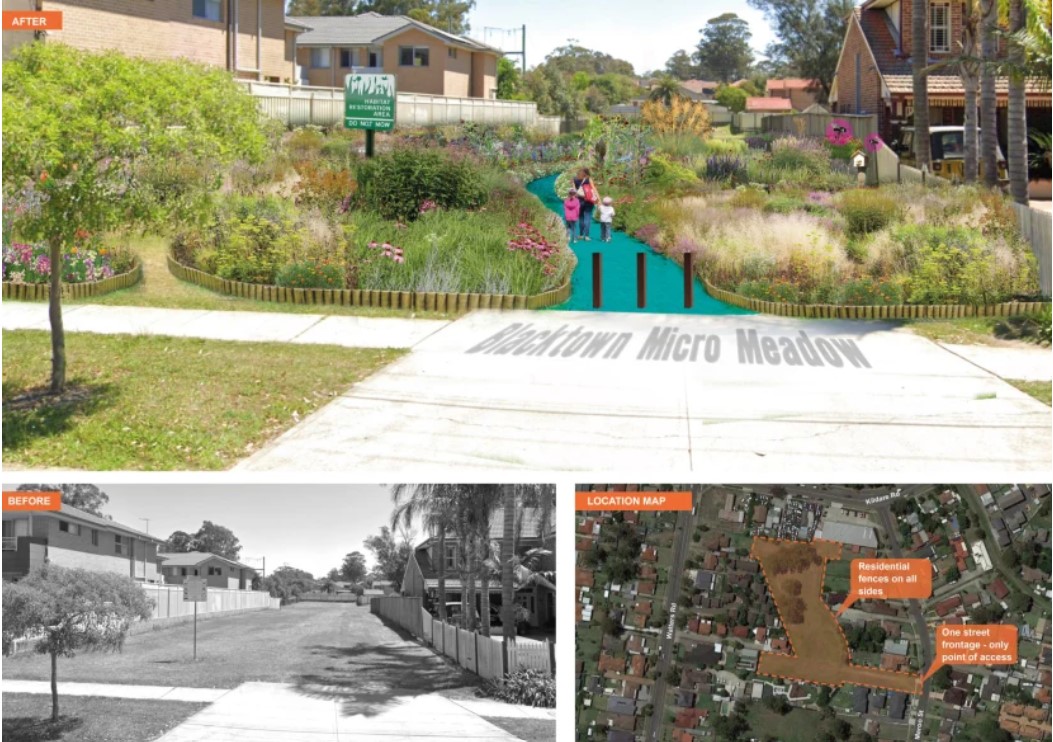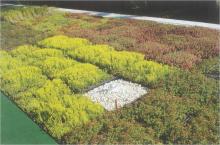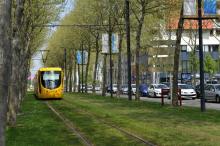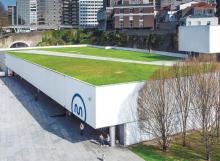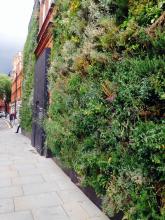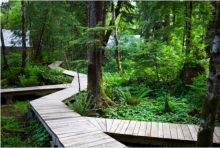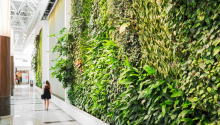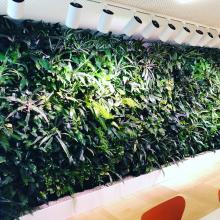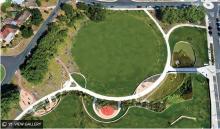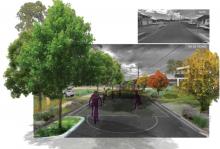U.S. Senator Elizabeth Warren (D-Mass.) and Congressman Andrew Levin (D-Mich.), along with Senator Edward J. Markey (D-Mass.) and Congresswoman Alexandria Ocasio-Cortez (D-N.Y.), this week unveiled the BUILD GREEN Infrastructure and Jobs Act.
News
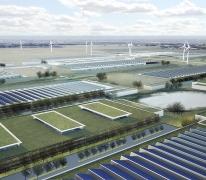
A new study has made the case for Australian governments to increase green infrastructure in urban areas to mitigate some of the effects of climate change, improve public wellbeing, and protect infrastructure.
Our cities in Australia are teeming with leftover spaces, from railway cuttings to car parks and abandoned industrial sites. All too often our busiest roads are hostile environments with little to no nature and our cities rooftops and plazas are hard surfaces that contribute to increased heat and polluted water runoff.
The idea of using creepers to cover walls is not new, but in recent decades, the tendency to use building surfaces to place plants has been developing all over the world and shows that there are many ways to make cities greener. There are vertical gardens that give life to walls, roofs, and other coverings (like underground garages on which vegetation is placed) where green carpets are appearing.
How does biophilic design improve the health of individuals and spaces?
Biophilic design has been proven to improve the health of spaces, and the people who use them.
Check out this handy table below that shows how patterns of biophilic design can help stress reduction, cognitive performance, and emotional wellbeing.

With the right types of design approaches, our homes can help boost creativity and concentration, as well as becoming a more relaxing and rejuvenating environment.
WELCOME Green Design as a new Silver Sponsor.
With over 35 years experience in the plant industry Green Design have developed aninnovative system for green roof and vertical garden installation.
Recent projects include show rooms at Google and ARUP.
See more on our home page.
Green Ideas Forum gave the NSW Minister for Planning another look at the benefits of Green Infrastructure.
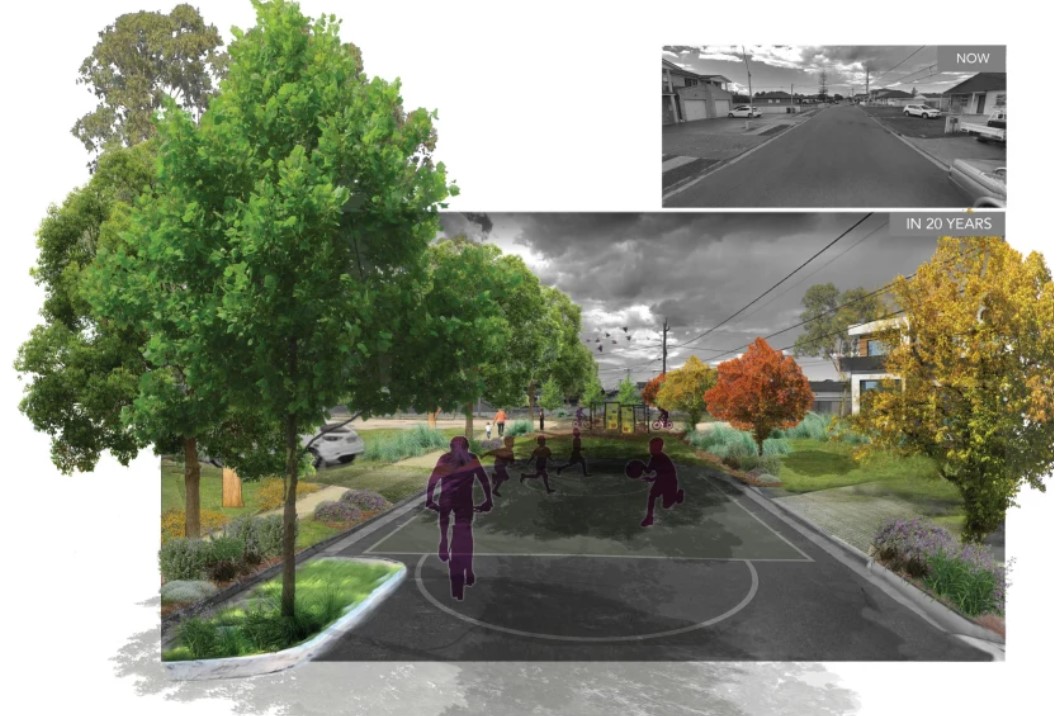
Best open space idea: Urban micro-meadows. A Blacktown case study: rediscovering underused open space to create resilient, connected and healthy neighbourhoods.
